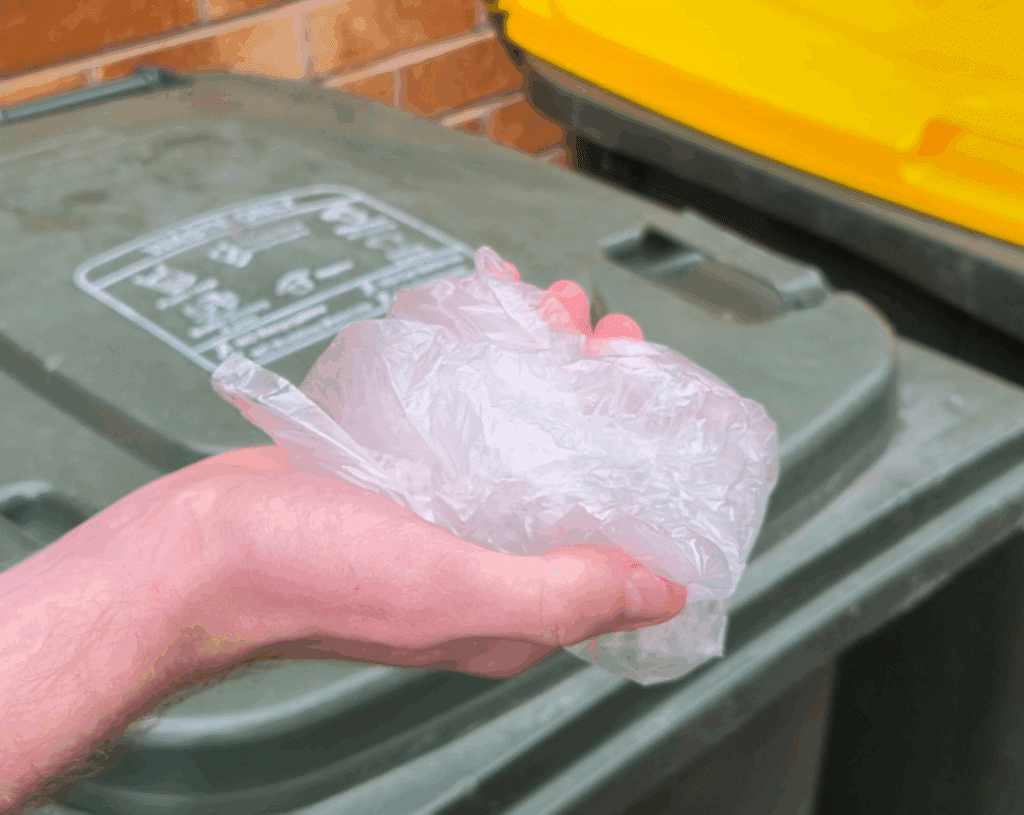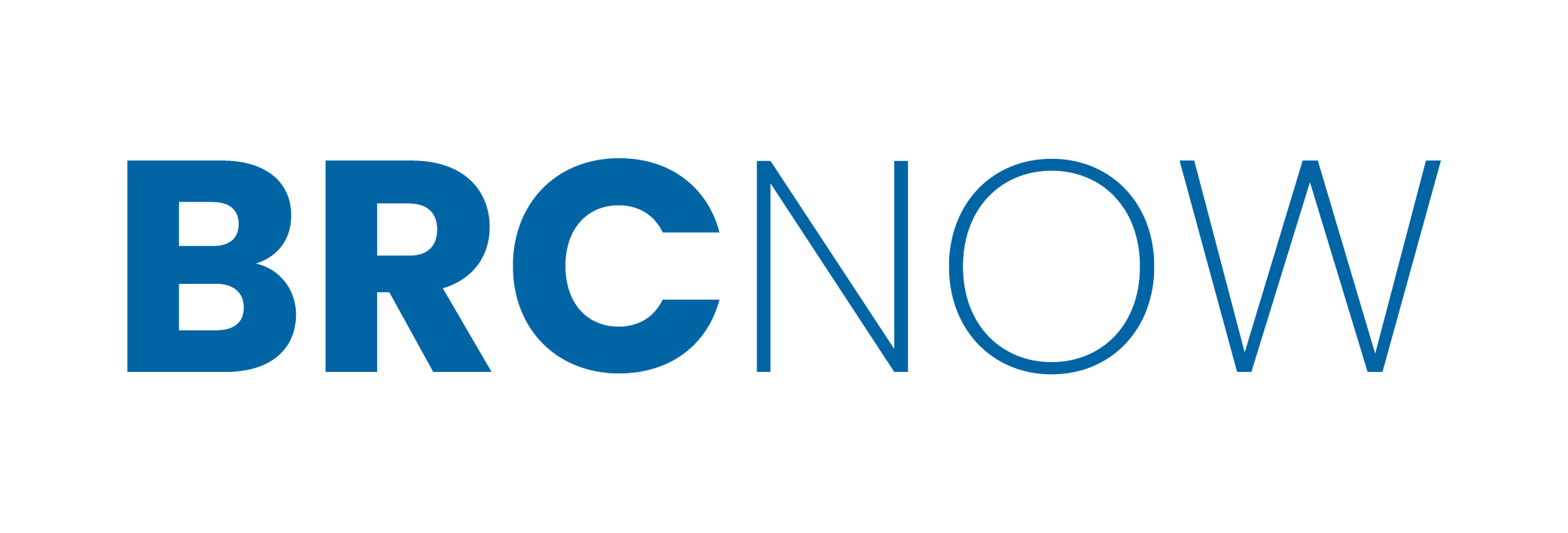
A simple test which reveals if a piece of plastic is recyclable in the Bundaberg Region has been shared as Council ramps up education efforts to improve recycling rates.
The Queensland Government’s Let’s Get It Sorted Program has identified that contamination – or placing non-recyclable items in recycling bins – remains one of the biggest barriers to improving Queensland’s recycling rates and soft plastics are among the most confusing items for residents.
However, Bundaberg Regional Council Waste and Recycling portfolio spokesperson Cr Jason Bartels said there were a range of simple tips which can help residents remember what is recyclable.
“Soft plastics can be hard to identify for some people but there’s actually a really simple way you can test the plastic and we call it the scrunch test,” Cr Bartels said.
“Basically, if you can scrunch it in your hand, it’s soft plastic and belongs in the general waste bin.
“That includes things like plastic film, bags, liners and some food packaging.”
Cr Bartels said the Bundaberg Region’s recycling facility could not process these materials because there were limited markets for it at the scale received through the yellow-lid bin.
“Recycling soft plastics is difficult because they are easily contaminated by food residue and can cling to sorting machines, making processing difficult,” Cr Bartels said.
“But the bigger issue is every time non-recyclable items end up in the yellow-lid bin, it increases the risk of sending an entire truckload of recyclables to landfill.
“That’s why it’s so important for our community to understand the dos and don’ts of recycling.”
The advice comes after Council’s recent Let’s Get It Sorted community survey which identified areas where residents are seeking more recycling education.
“A good portion of those who responded to the survey want to recycle correctly, but packaging can be misleading,” Cr Bartels said.
“Some soft plastics display recycling symbols, yet they are not recyclable in our region – or even in Australia. That’s why the scrunch test is such a useful tool for our residents.”
“Even small items like plastic bottle caps can cause issues.
“When placed loose in the bin, these are too small to be sorted properly and should be disposed of in general waste, so always remember to take lids off when placing items in the recycling bin.”
Over the coming months, Council will roll out a series of educational topics and pop-up education events across the Bundaberg Region to further raise awareness and connect with the community to get waste and recycling sorted.
“Our waste team will be out in the community, answering questions and helping residents understand what belongs in the yellow-lid bin,” Cr Bartels said.
“We had a good response to the survey and now we’re asking everyone to take the next step.
“By taking a moment to check what goes in your yellow-lid bin, every household is helping reduce waste, protect recycling infrastructure and support a cleaner, more sustainable Bundaberg Region.”
For more information, visit Bundaberg Regional Council’s website and explore the Let’s Get it Sorted page.
The Let’s Get It Sorted initiative is supported by the Queensland Government’s Recycling and Jobs Fund.
Other news:






Maybe it would be a good idea to roll this out to schools as well, young children pick it up quicker sometimes and with both the children and the adults learning together, this could be a great benefit to all.
what about syrofoam packaging?
scrap previous question – found answer elsewhere and it’s “no”